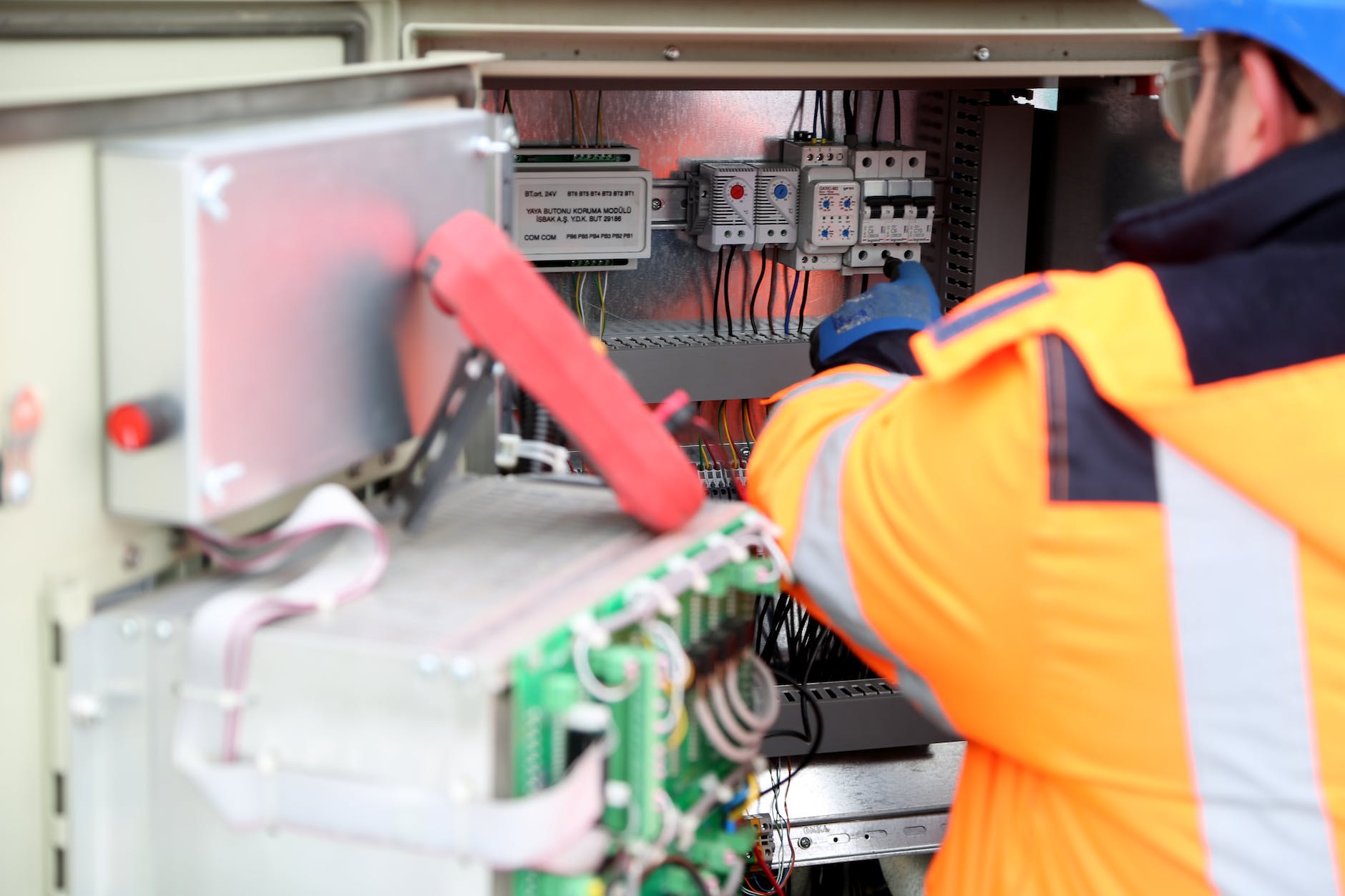
Lockout Devices: Ensuring Safety and Compliance
In today’s fast-paced industrial landscape, safety takes precedence over everything else. Workers and equipment alike need protection from hazardous energy sources to prevent accidents and ensure a safe work environment. This is where lockout devices come into play. Lockout devices are essential tools that help isolate energy sources and prevent the accidental release of stored energy during maintenance and repair operations. In this article, we will delve into the significance of lockout devices, their types, and best practices for their implementation.
Introduction to Lockout Devices
Lockout devices are physical tools designed to control hazardous energy by preventing machines and equipment from being powered on during maintenance or servicing. They provide a barrier between the energy source and the equipment, ensuring that no accidental startup occurs.
The Importance of Lockout Devices
Safety is paramount in any industrial setting. Lockout devices play a pivotal role in preventing unexpected equipment energization, which can lead to severe injuries or fatalities. By effectively locking out energy sources, these devices safeguard workers from harm.
Types of Lockout Devices
Traditional Key Locks
Traditional key lock systems involve using unique keys to lock energy isolation devices. This ensures that only authorized personnel can remove the lock, providing an additional layer of security.
Combination Locks
Combination locks eliminate the need for physical keys. Instead, they require the correct numerical combination to unlock the device. This can be advantageous in scenarios where key management is challenging.
Safety Padlocks
Safety padlocks are robust and tamper-resistant locks designed specifically for lockout/tagout applications. They are easily identifiable and are often color-coded to signify different levels of authorization.
Components of an Effective Lockout/Tagout Program
Written Procedures
Having well-documented lockout procedures is crucial. These procedures outline the steps to be followed, ensuring consistency and minimizing the chance of errors.
Training and Education
All personnel involved in lockout procedures should receive comprehensive training. This equips them with the knowledge to perform the tasks safely and efficiently.
Identification of Energy Sources
Accurate identification of all energy sources is fundamental. Without this information, it’s impossible to implement effective lockout procedures.
Implementing Lockout Procedures: Step by Step
- Assessment of Energy Sources: Identify all potential hazardous energy sources associated with the equipment.
- Notification and Shutdown: Notify all relevant personnel about the upcoming lockout. Power down the equipment following established procedures.
- Applying Lockout Devices: Install appropriate lockout devices on energy isolation points, ensuring they cannot be removed without authorization.
Lockout Devices vs. Tagout Devices: Understanding the Difference
Lockout devices physically prevent the operation of equipment, whereas tagout devices use tags to indicate that equipment should not be operated. Lockout offers higher levels of security.
Benefits of Lockout Devices
Preventing Accidents
Lockout devices significantly reduce the risk of accidents caused by unexpected equipment activation, protecting workers from potentially life-threatening situations.
Ensuring Compliance
Using lockout devices ensures compliance with safety regulations and standards, avoiding hefty fines and legal consequences.
Choosing the Right Lockout Devices for Your Needs
Consider factors such as the type of equipment, energy source, and the specific needs of your industry when selecting lockout devices.
Common Challenges and How to Overcome Them
Challenges like employee resistance and inadequate training can be addressed through open communication, regular drills, and ongoing education.
Lockout Devices in Specific Industries
Different industries have unique requirements for lockout procedures. Tailor your approach to suit the specific hazards and equipment present in your industry.
Innovations in Lockout Device Technology
Technological advancements have led to the development of smart lockout devices that offer enhanced tracking, control, and integration with existing safety systems.
Best Practices for Effective Lockout Procedures
- Always follow established lockout procedures.
- Conduct regular audits to identify any gaps or areas for improvement.
- Encourage a safety-first culture among all employees.
The Role of Employees in Lockout Procedures
Employees should actively participate in lockout procedures, providing insights and feedback to refine the process over time.
Legal and Regulatory Overview
OSHA Standards
The Occupational Safety and Health Administration (OSHA) has stringent lockout/tagout standards in place to ensure worker safety during equipment servicing.
International Safety Regulations
Various international bodies and organizations have their own set of regulations that emphasize the importance of lockout procedures.
Conclusion
Lockout devices are indispensable tools that safeguard workers and equipment from hazardous energy. By following proper lockout procedures and utilizing the appropriate devices, industries can create a secure environment that prioritizes safety above all else.
FAQs
- What is a lockout device? A lockout device is a physical tool used to prevent the accidental activation of equipment during maintenance by isolating energy sources.
- Are there different types of lockout devices? Yes, lockout devices come in various forms, including traditional key locks, combination locks, and safety padlocks.
- Why are lockout devices important? Lockout devices are crucial for preventing accidents and ensuring compliance with safety regulations.
- How do I choose the right lockout devices? Consider the type of equipment, energy source, and industry requirements when selecting lockout devices.
- What is the role of employees in lockout procedures? Employees play an active role by following procedures, providing feedback, and promoting a safety culture.
























